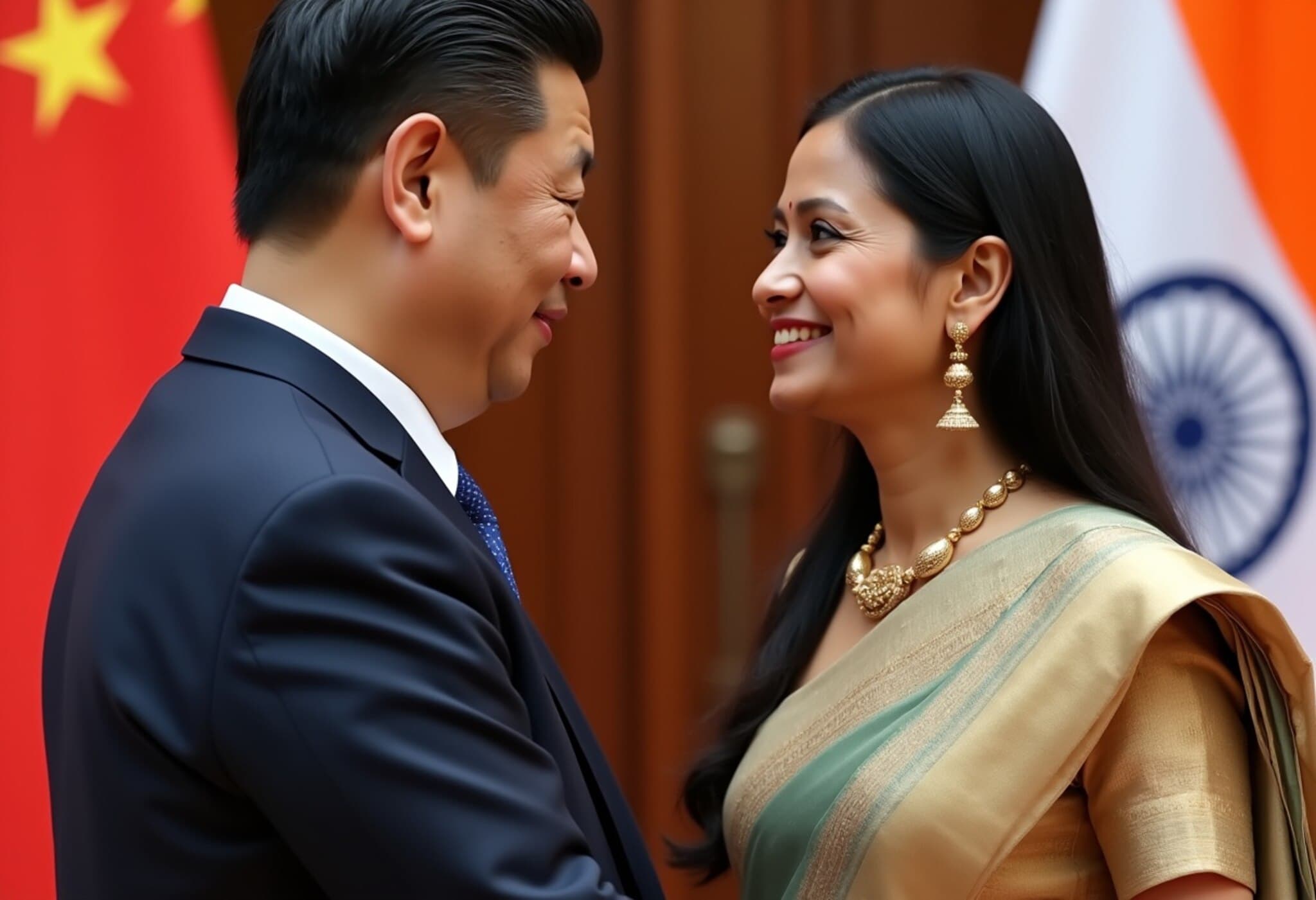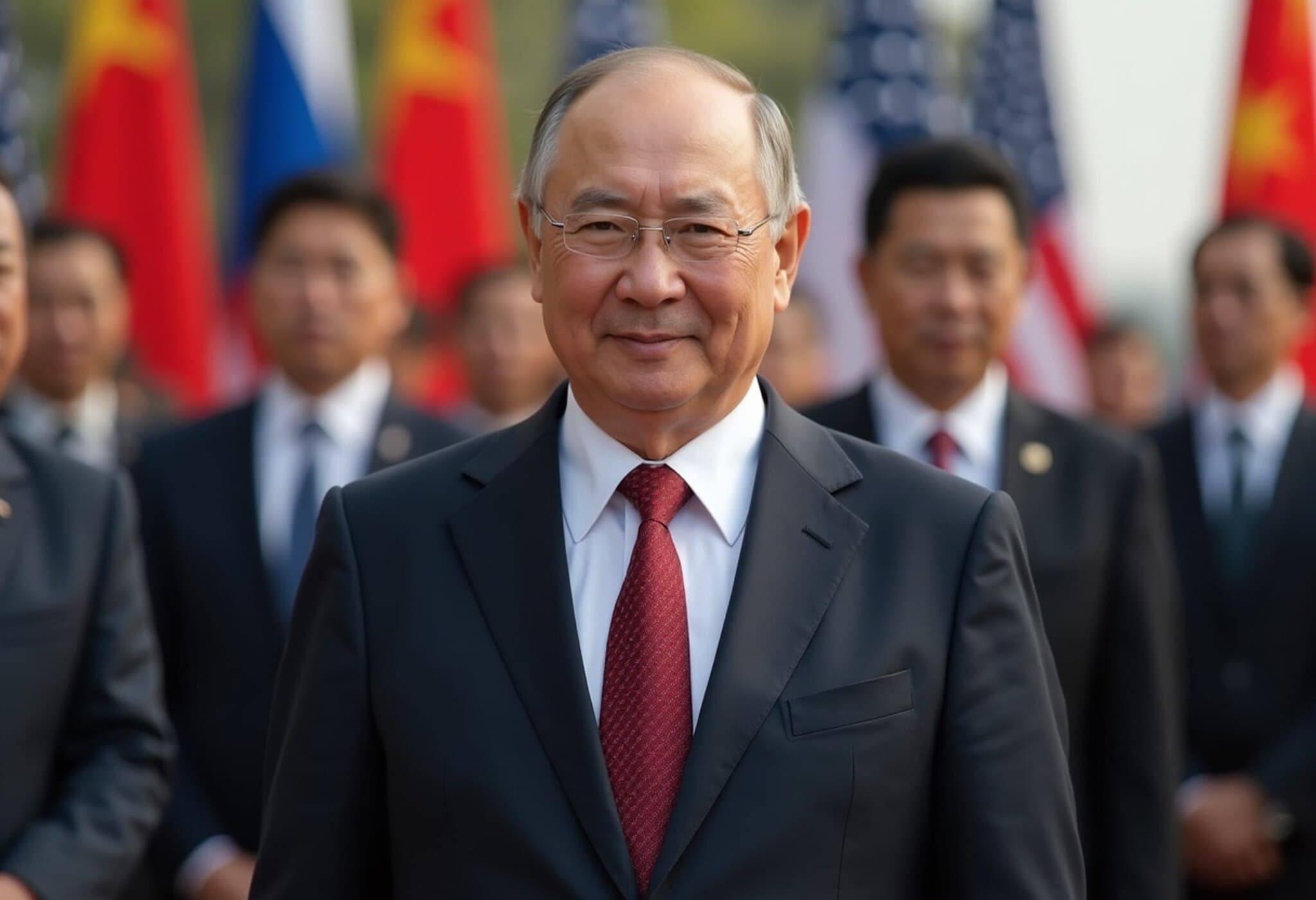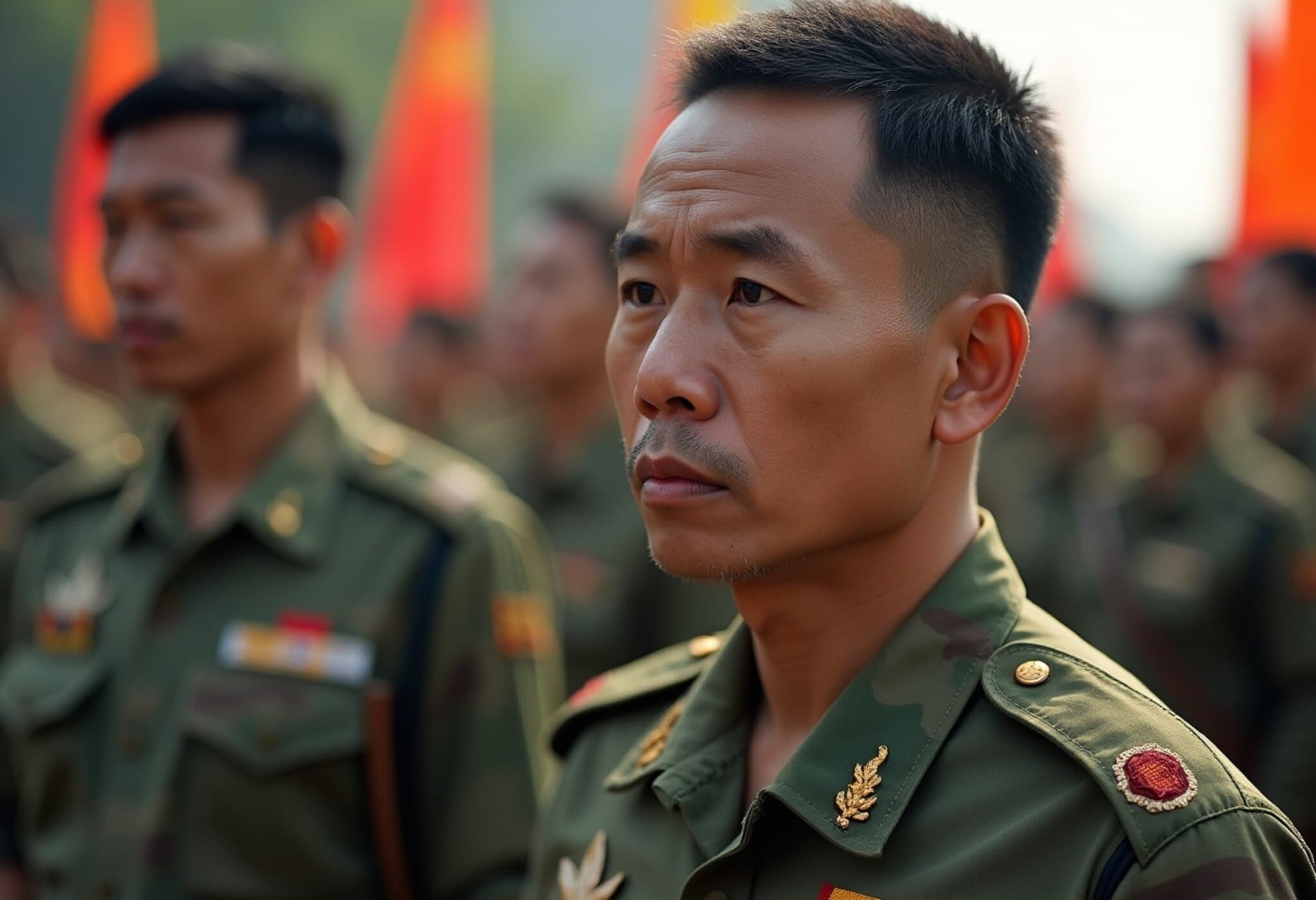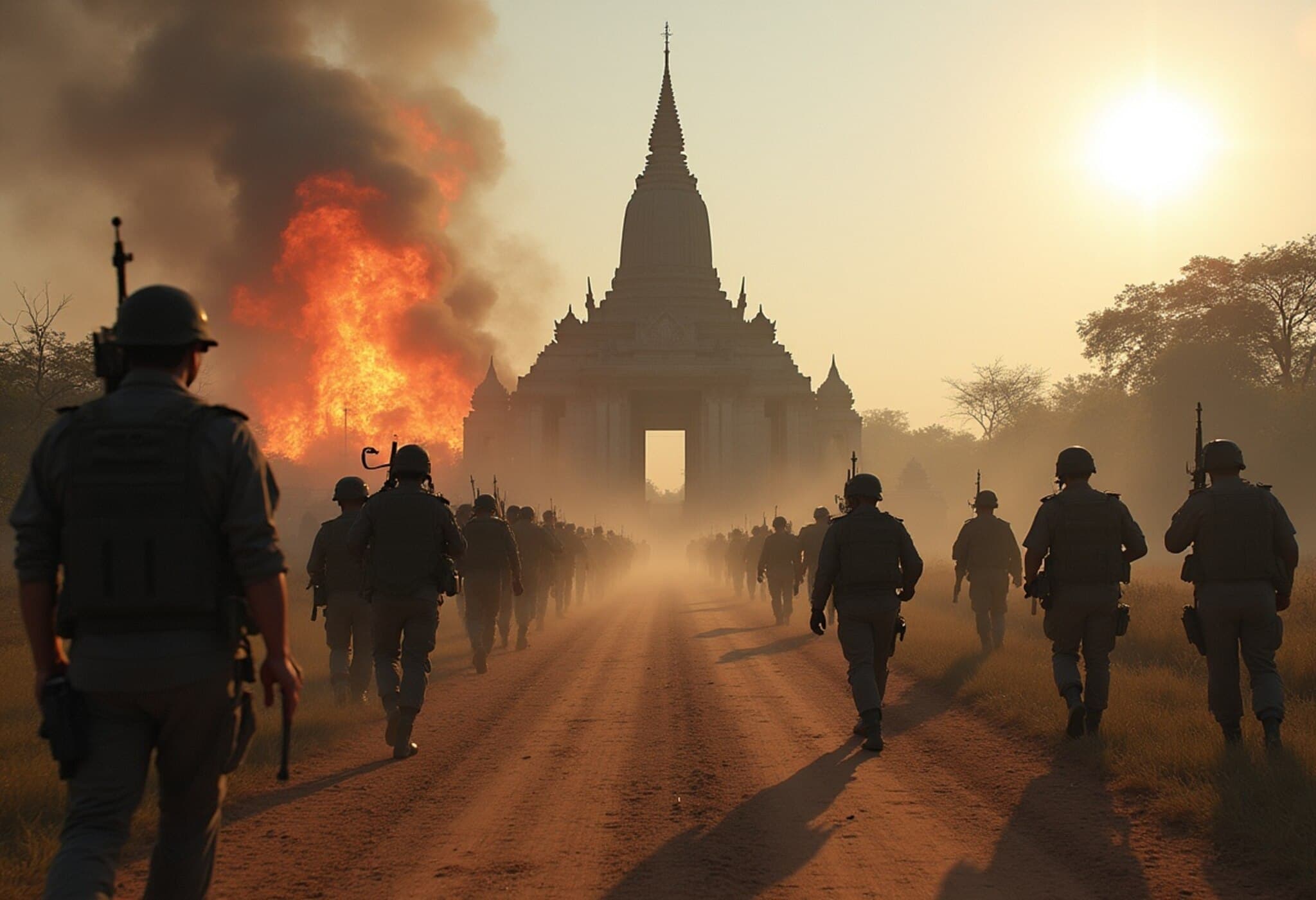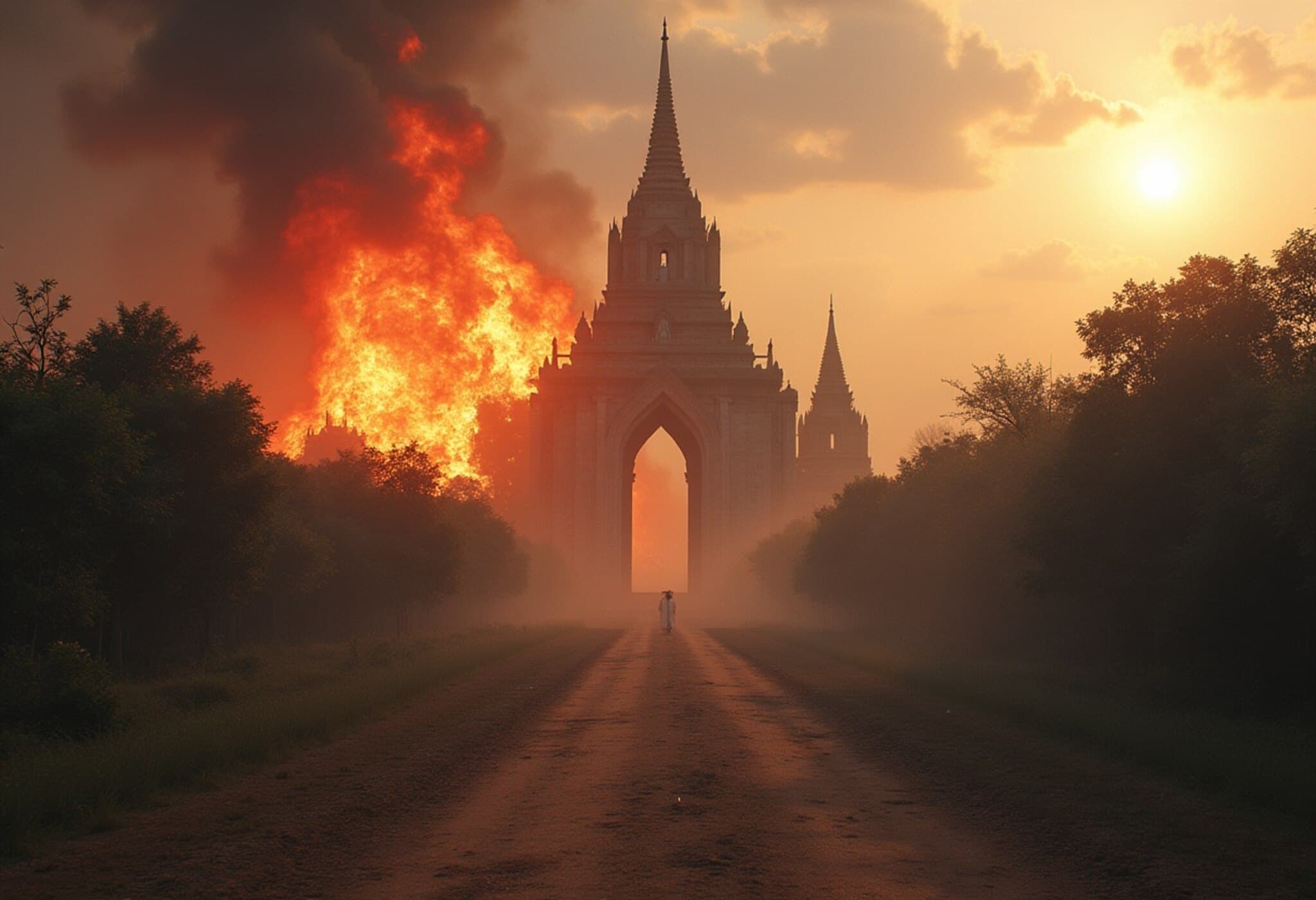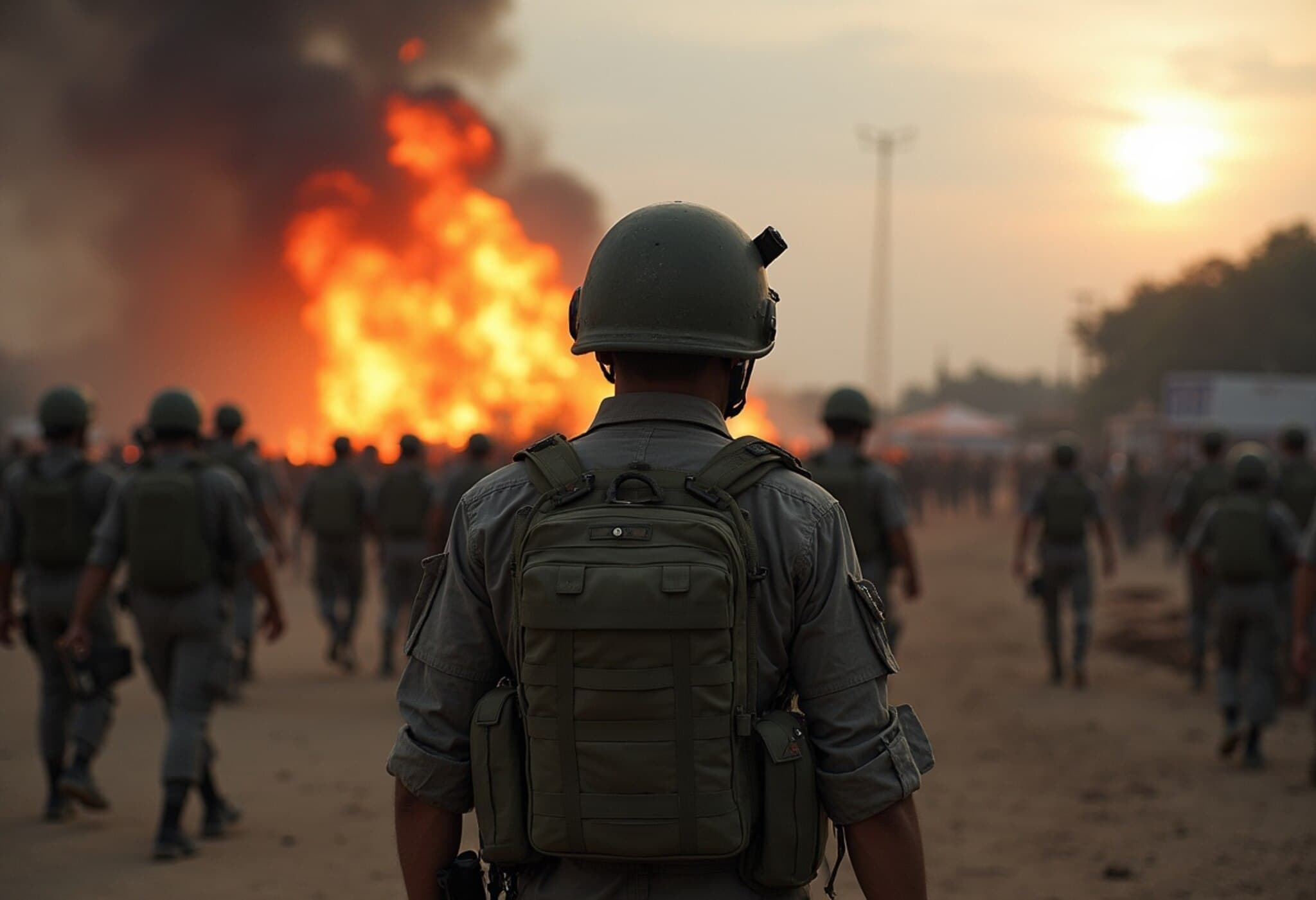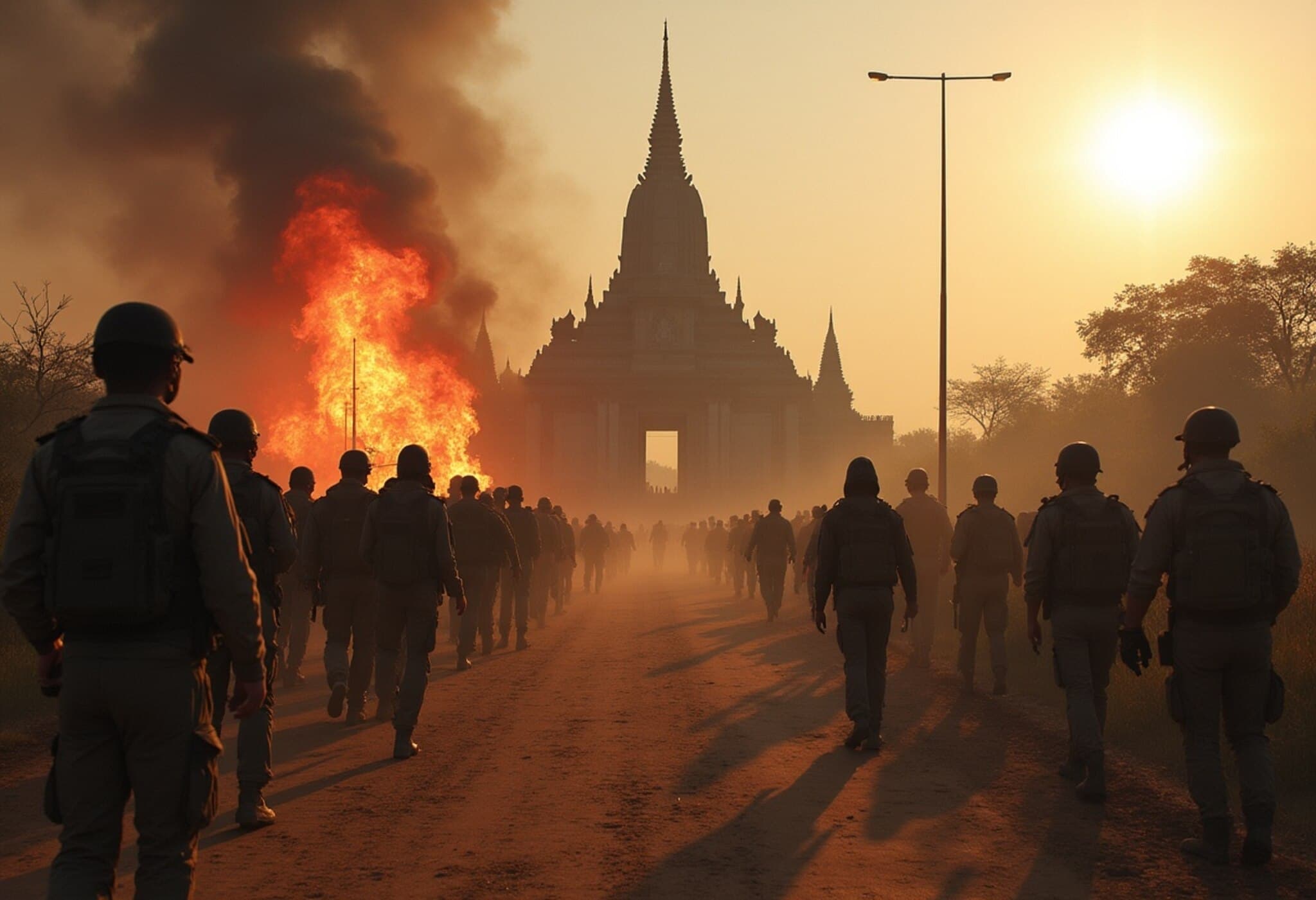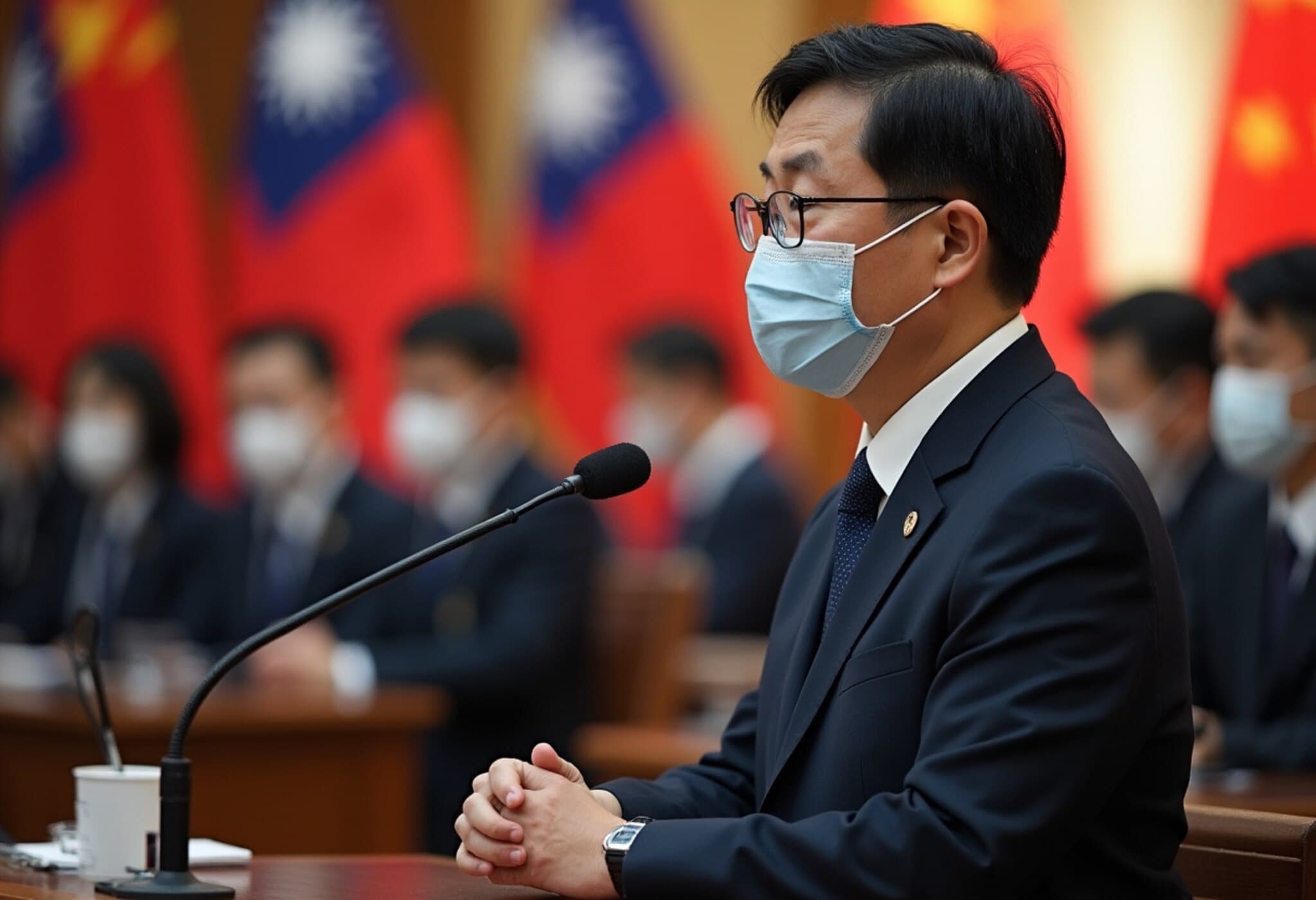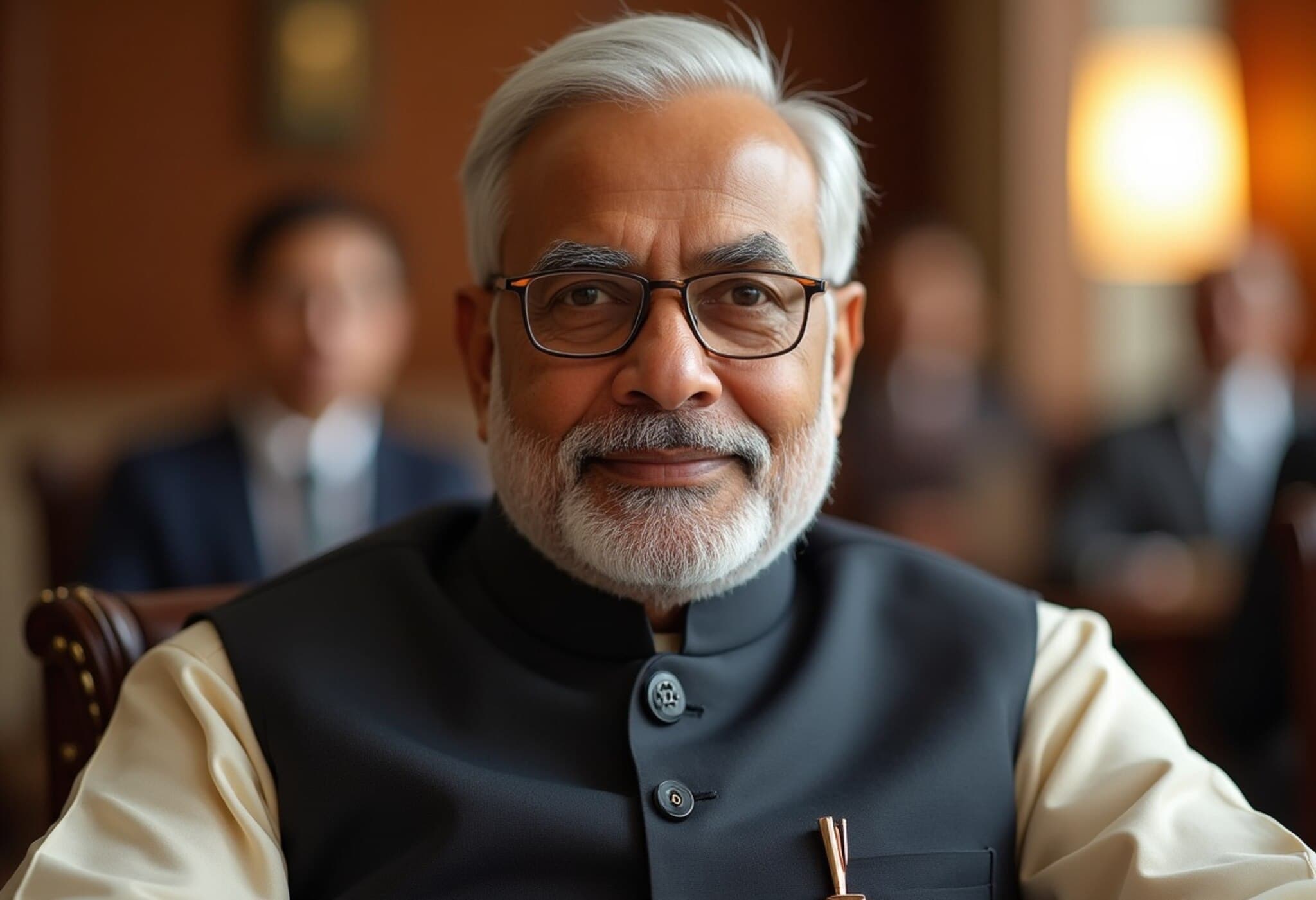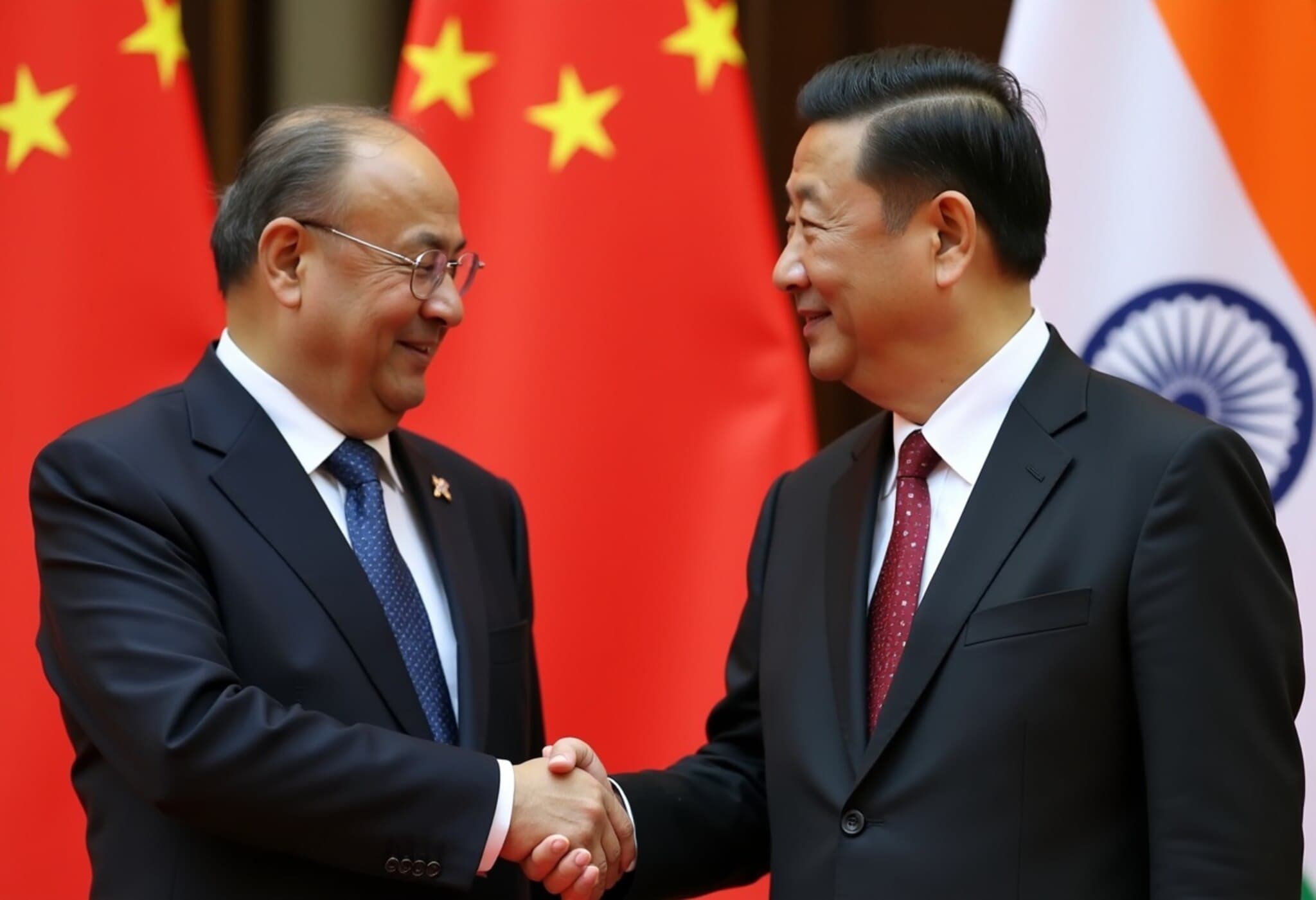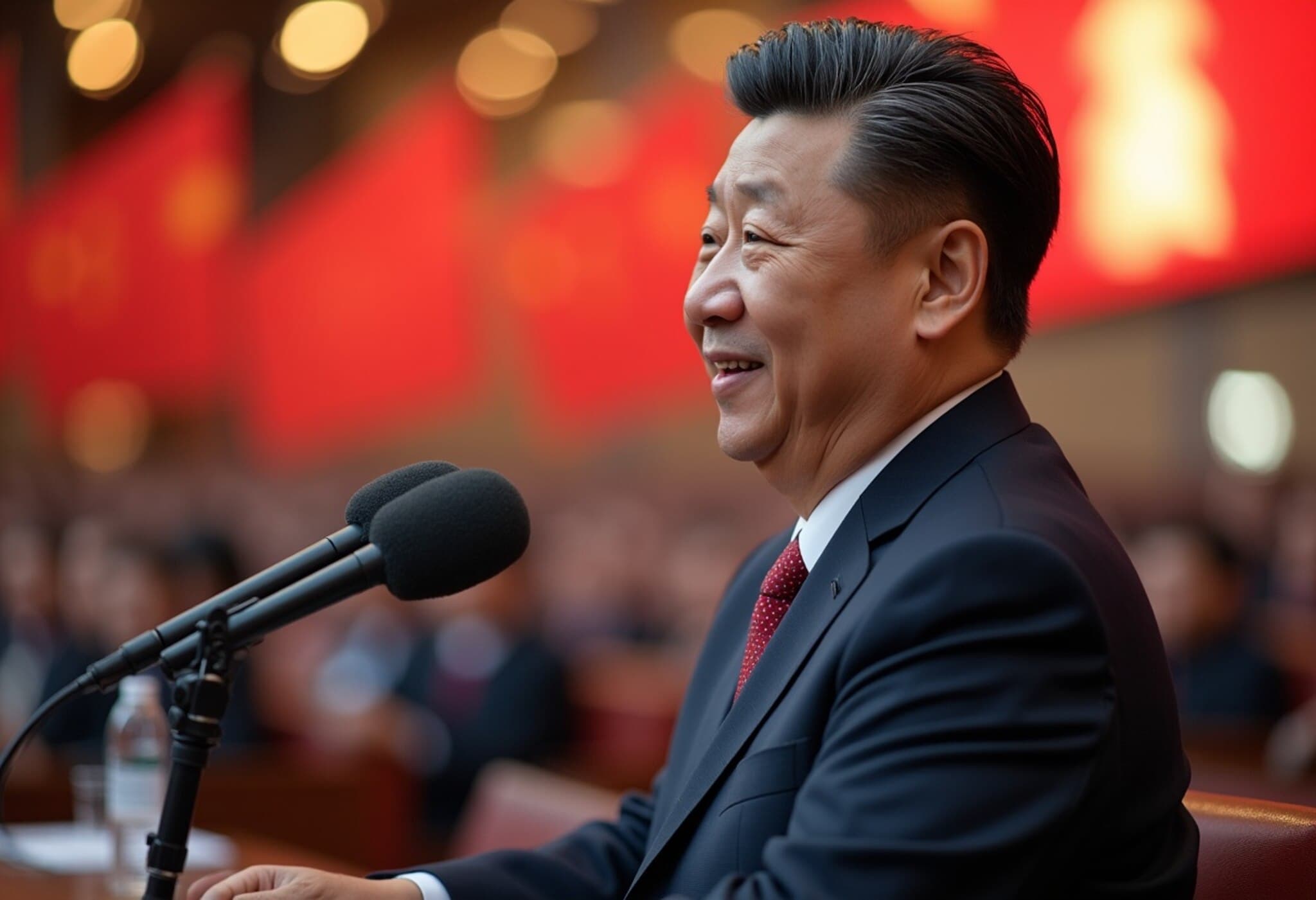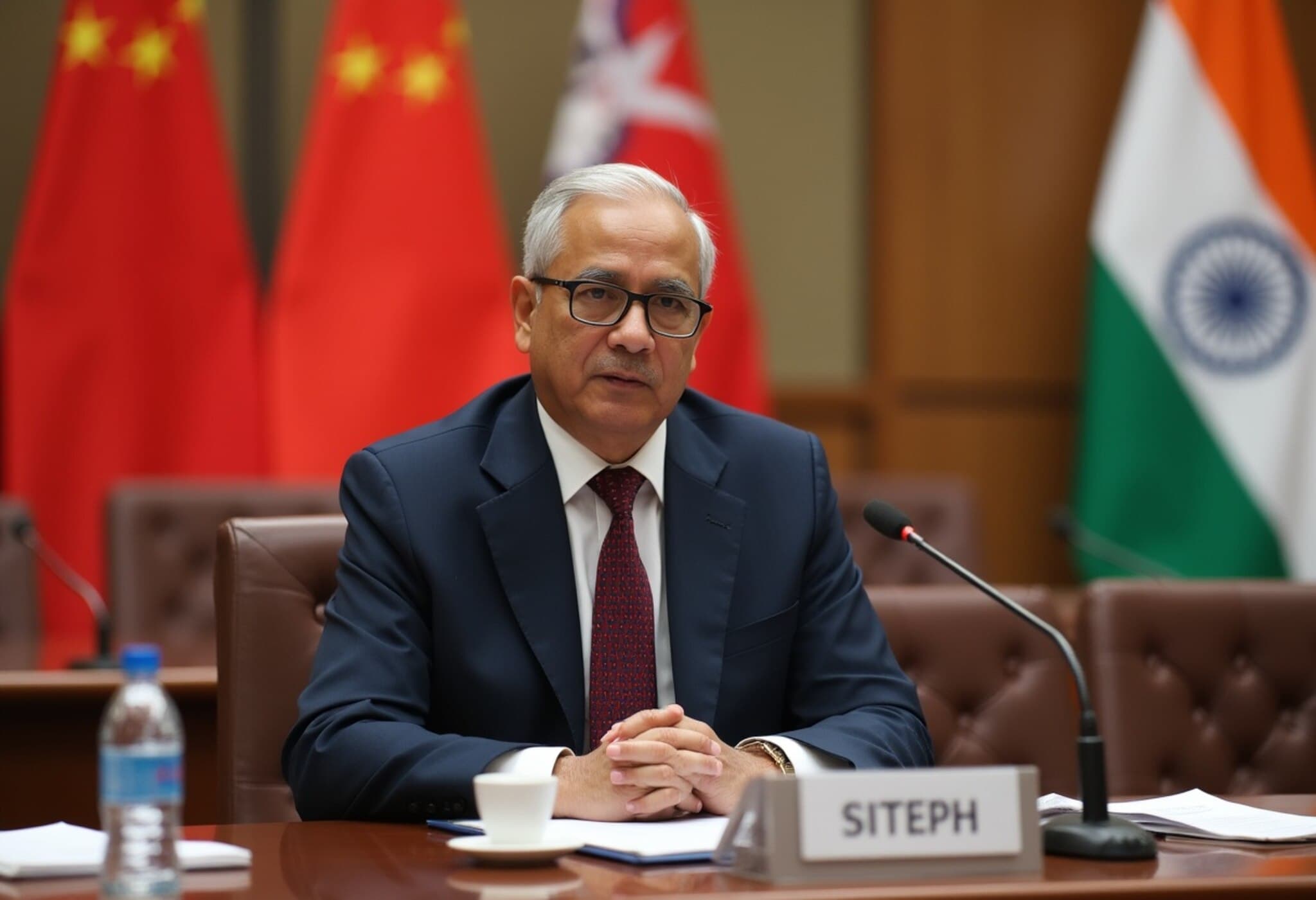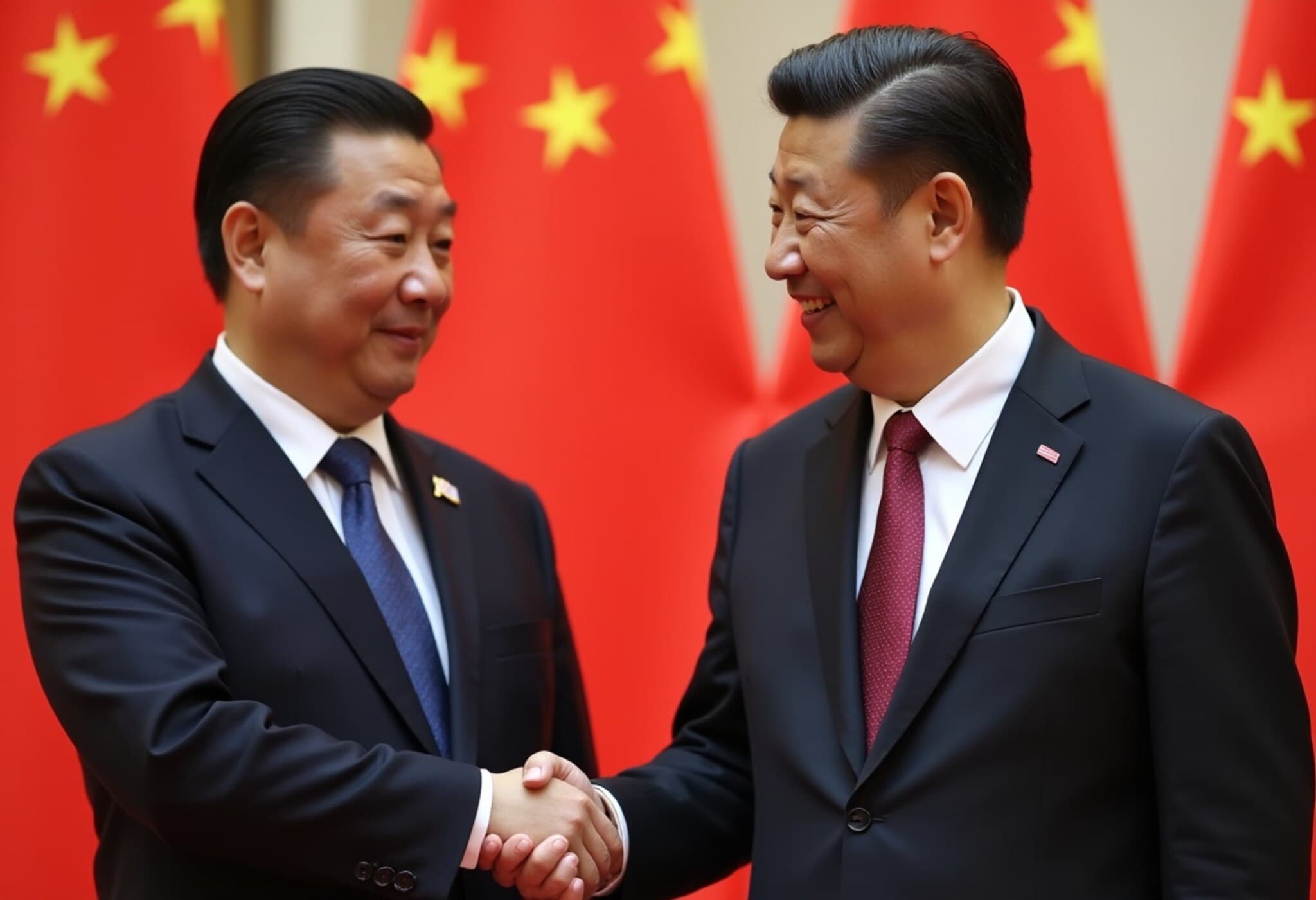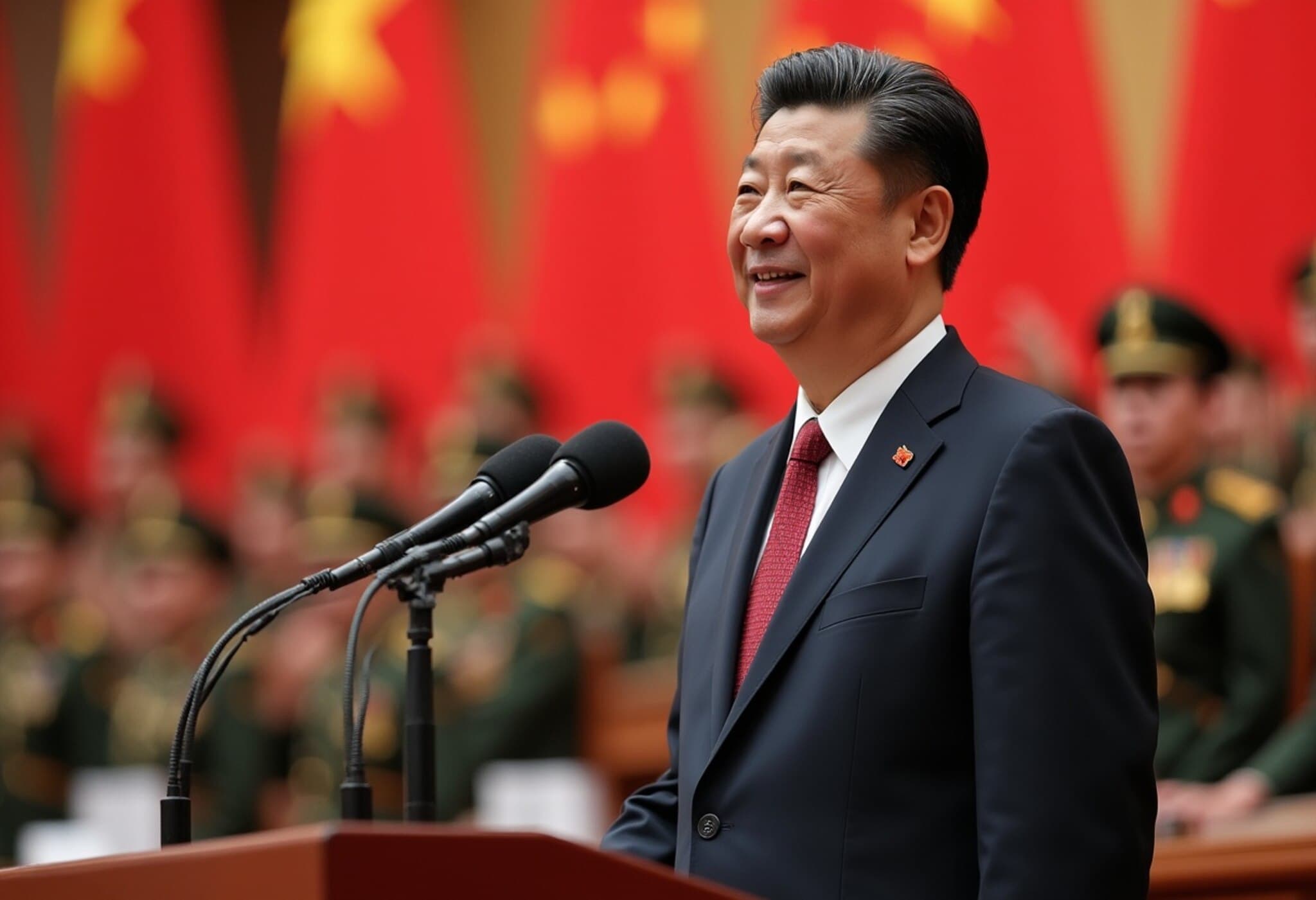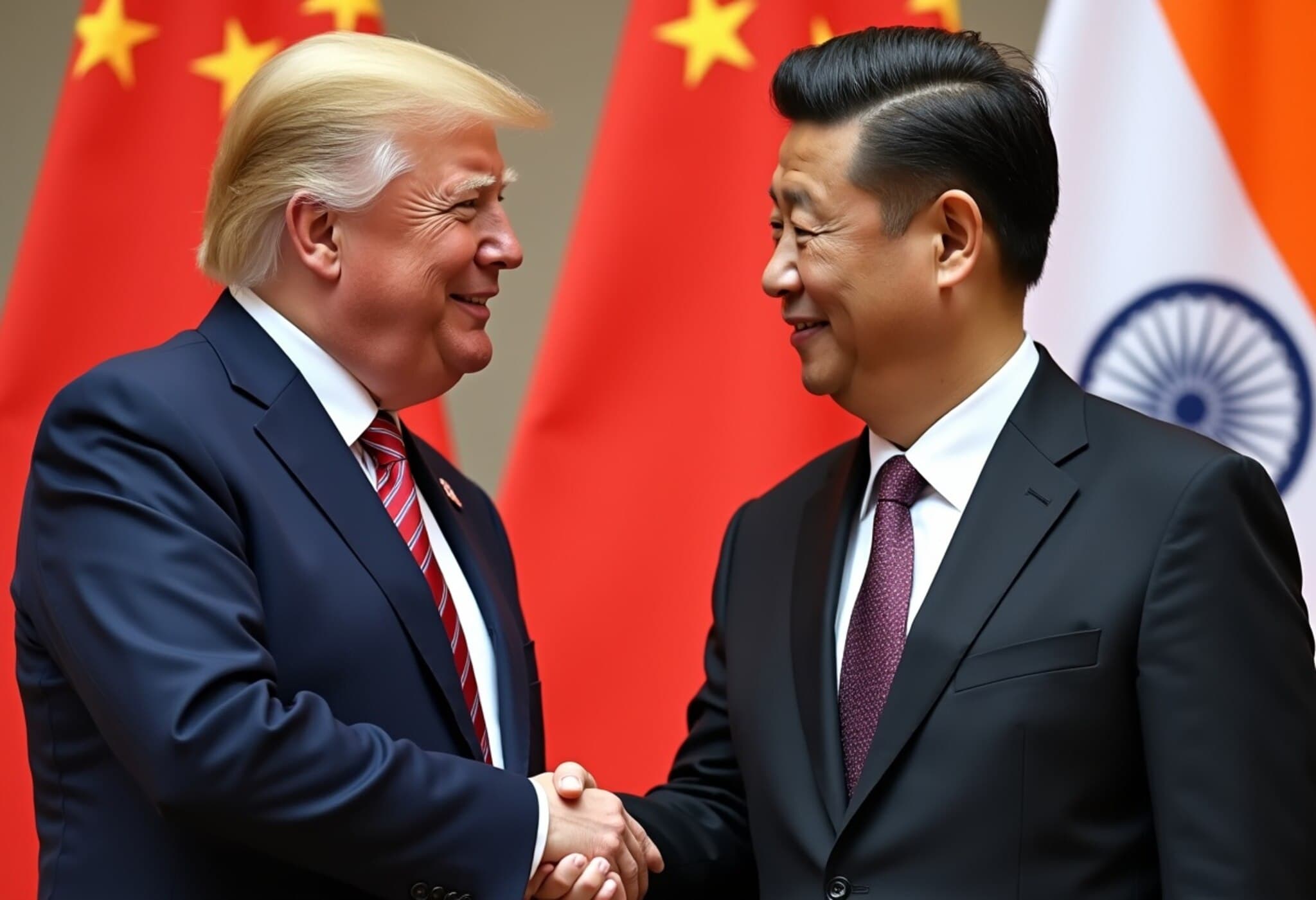Behind the Scenes: Xi Jinping’s Secret Letter to President Murmu Lights Path for India-China Rapprochement
In a surprising revelation, Chinese President Xi Jinping penned a confidential letter to India’s President Droupadi Murmu in March 2025. This discreet diplomatic move appears to have accelerated a thaw in the often-fraught relationship between the two Asian giants, set against the backdrop of escalating trade tensions with the United States under then-President Donald Trump, according to a detailed report by Bloomberg.
Context: A Shared Challenge from US Tariffs
The letter came at a critical juncture when both India and China were grappling with the reverberations of US tariff hikes. Trump’s policies had hit India with a harsh 50% tariff, while China faced tariffs peaking at 145%, plunging global trade dynamics into uncertainty. Notably, the US-China trade conflict evolved along a distinct trajectory, currently marked by a tenuous truce amid ongoing negotiations. China, in particular, has wielded considerable leverage due to its near-monopoly on rare earth elements, essential for American industries.
What the Letter Signified
According to an Indian official familiar with the matter, Xi’s letter was a strategic probe — aimed at "testing the waters on improving ties" between the two nations. It reportedly conveyed Beijing’s concerns about any India-US agreements that could undermine Chinese interests and even identified a provincial official entrusted with overseeing China’s diplomatic efforts towards India. This level of direct communication to President Murmu — rather than Prime Minister Modi — underscores the delicacy and significance of the outreach.
India’s Measured Response and Diplomatic Dance
India’s response took a more serious and sustained shape only by June 2025, coinciding with increasingly difficult trade negotiations with the US. The timing suggests a nuanced balancing act by India, aiming to manage its relationships with both superpowers amid rising geopolitical pressures.
- India’s diplomatic overture followed a period marked by frosty India-US ties, aggravated by missteps like Trump’s erroneous claim of resolving a India-Pakistan conflict and comments undermining a military operation, Operation Sindoor.
- Meanwhile, India-China relations have seen promising signs, including reopening pilgrim routes such as the Kailash-Mansarovar Yatra and resuming direct flights and tourist visas.
Broader Geopolitical Implications
This behind-the-scenes exchange sheds light on the complex triangular diplomacy involving the US, India, and China. While global attention often fixates on public posturing, channels like this secret letter reveal the pragmatic efforts to manage overlapping interests and mitigate risks of escalation.
The interaction also highlights the increasingly important role of Droupadi Murmu, India’s first tribal woman president, in foreign diplomacy — a testament to India’s evolving institutional framework where the presidency complements the executive in soft power outreach.
Looking Back: Foundations of Rapprochement
India-China diplomacy did not start with Trump’s tariffs. Last year’s partial resolution of the Ladakh standoff created a crucial window for dialogue, culminating in the Modi-Xi summit. The March letter seems to have built upon these efforts, steering the relationship into a cautiously hopeful phase.
Expert Insight: Navigating Complex Trade and Security Interests
Trade experts and geopolitical analysts observe that the secret letter was a strategic pivot by China, leveraging economic pressures to encourage India to reconsider its positioning. For New Delhi, balancing economic ties with Beijing while deepening strategic partnership with the US remains a delicate act — further complicated by India’s aspirations for greater regional leadership and autonomy within a multipolar world order.
Editor’s Note
This unfolding story serves as a reminder of the intricate, often hidden layers of diplomacy that underpin major international relationships. As India navigates its path amid shifting global trade architectures and great power rivalries, secret communications like Xi’s letter to President Murmu exemplify how nations quietly seek common ground before explosive disagreements surface publicly.
The tale also invites readers to question: In a world driven by headline-driven media coverage, how much of diplomacy remains invisible yet critical? Moreover, how will India’s dual engagement with the US and China shape its economic and strategic future in the coming decade?

